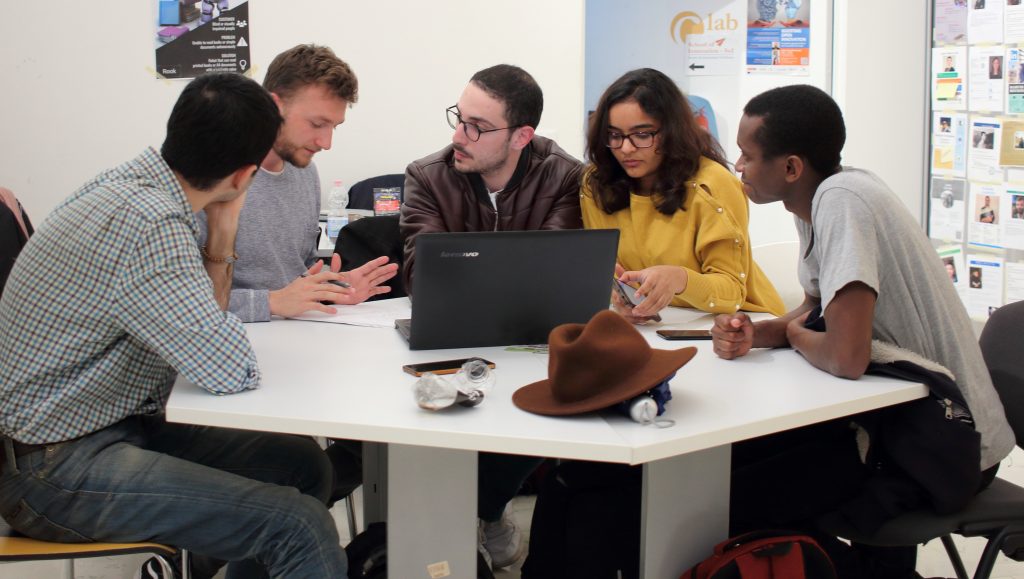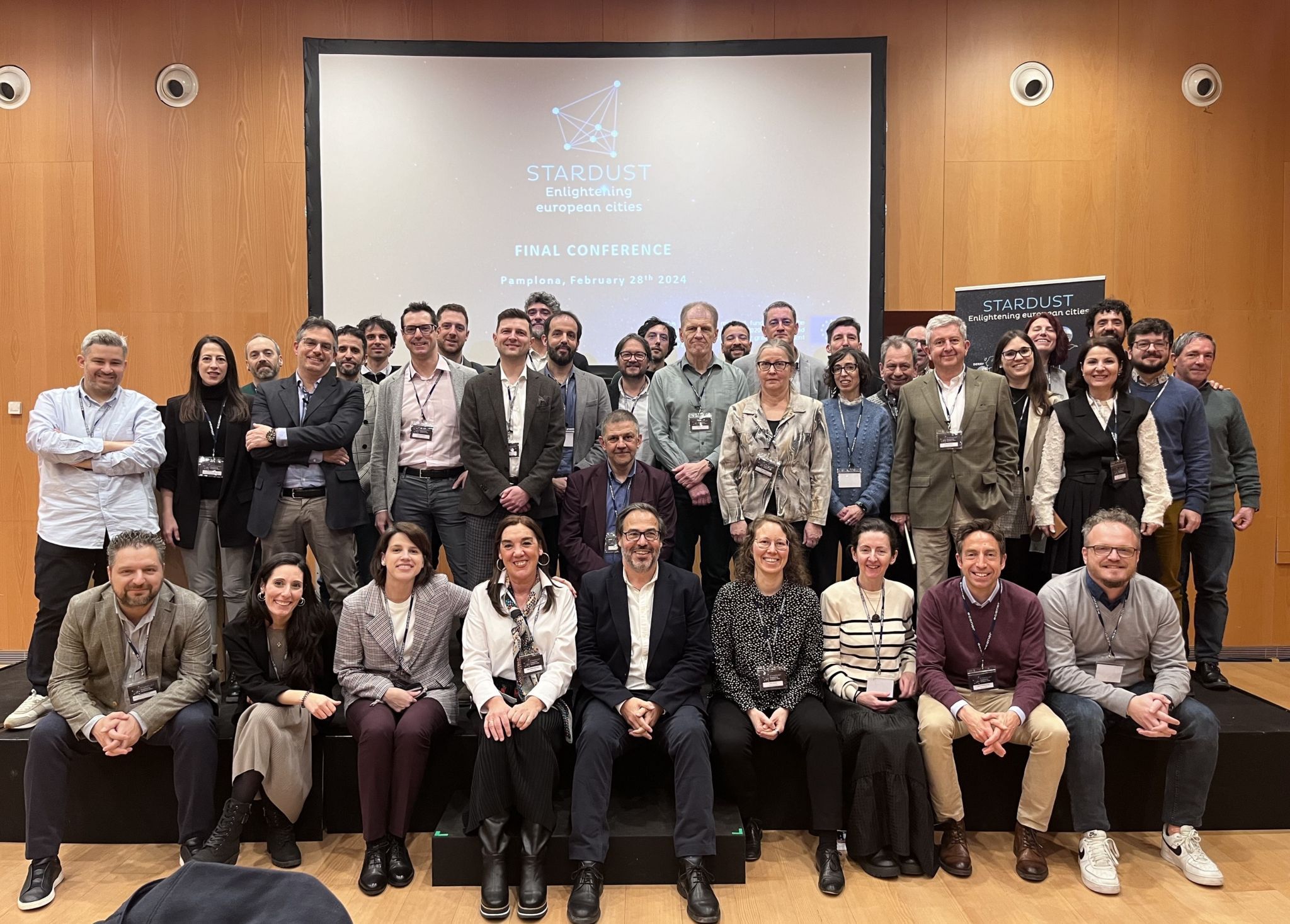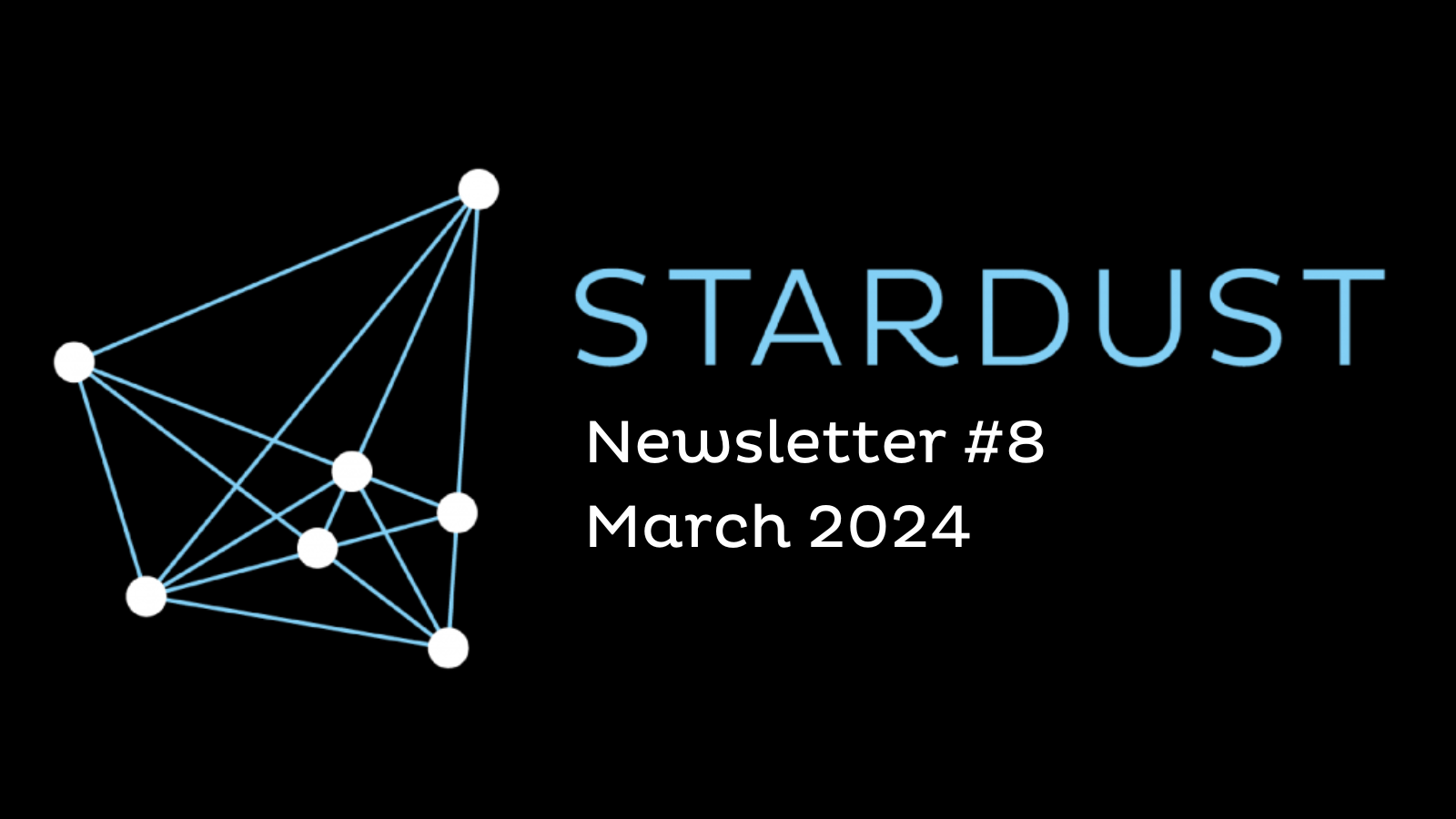During the spring of 2020, the Innovation Challenge took place in Trento. This was an innovative competition, in which students from the University of Trento worked together to meet one of the main objectives of the STARDUST project: the creation of a hub for sorting and delivering goods within the city’s last urban mile, using electric means of transportation.
The aim of the Innovation Challenge was to achieve greater environmental sustainability within the mobility sector. Two issues had to be addressed: On one hand, how will the competition communicate the added value of the project to the citizens and exhibitors involved? On the other hand, how will it allow participants understand which integrated business models could be developed to continue the path towards boosting sustainable mobility?
Thirty-three students of the University of Trento accepted the challenge. Coming from different academic backgrounds, the students were divided into teams and had four weeks to develop their innovative proposals. They initially studied the different concepts focussed on smart cities, environmental sustainability and business models that have already been implemented in other European cities. This acted as their starting point to think about innovative and effective solutions for the city of Trento.
The teams presented their proposals online on June 3 at the finale to the jury of the Innovation Challenge. Some of them are part of the STARDUST consortium: Alberto Salizzoni, councilor of the Municipality of Trento, Marco Cattani for Trentino Mobilità, Eng. Tiziano Bonella from the Municipality of Trento, Roberto Napoli, Carlo Pasquini and Alessandro Rossi for the CLab of Trento, and Alyona Zubaryeva from the Eurac Research Center.
About the photos: Screenshots of the Innovation Challenge during COVID-19
Teams tackled this challenge in various ways. Some did so using a digital approach by focussing on the creation and management of a new online portal where individual merchants could enhance their commercial network, and by relying on the new sorting centre for last mile deliveries.
Others looked at the problem using an environmental stability approach by focussing on the enhancement of a delivery service within the historic centre by exploiting a mobility system that runs entirely on renewable electricity. The use of electric bicycles, for example, will drastically reduce pollution, and will speed up delivery times.
The rest addressed the economic potential of the initiative. They proposed to increase and to exploit the new goods sorting centre among the shops that are involved in the fresh food supply chain business. These small local merchants can receive, manage and then deliver orders using a new online portal that will not only raise the number of customers but will also decrease its environmental impact.
Many brilliant ideas arose during the challenge, and the participants surpassed the jury’s expectations. They were able to adopt a macro-vision, starting from the search for the best European initiatives, and from there, they created a micro-solution tailored to the municipality of Trento, by taking into account the reference population, their daily habits and their desires.
At the end of the presentations, all projects had hit the mark: they had all come to completely different conclusions but, at the same time, they were aware that there is no single solution to a problem.
Despite this difficult choice, team 2 and 3 were made the winners.
Team 2, with the motto “Inspirations from the Future”, studied the problem of the constant and often polluting transportation of materials for two specific categories of enterprises of Trento’s historic city centre: hotels and restaurants, which need to transport and collect linen and tablecloths from the laundries for cleaning, and bakeries, bars and supermarkets, whose raw materials must be supplied daily at the premises. After having analysed both categories, they identified the problems of large traffic in the historic centre and related pollution. Doing so, they proposed a solution by introducing a centralized electric shuttle service and sorting materials in hubs outside the historic centre. These would bring greater awareness of environmental issues among the economic subjects involved and would provide better air quality in the future.
Team 3, on the other hand, analysed the phenomenon of home delivery of groceries and purchases, a practice that became widespread during the recent health emergency period. With the idea of ”See you at home” the team has in fact reasoned on the home delivery service of purchases made by private individuals at the local ZTL shops which participated in the program. They created an ad hoc platform where exhibitors can register and activate electric means of transport such as cargo bikes and vans. The goal is to provide greater freedom for inhabitants to move around the city’s historic centre and to support the ecological choices of such a sustainable mobility option.
Thanks to these ideas, the STARDUST project continues to enrich itself by actively involving citizens, and therefore let Trento become an increasingly smarter city.



